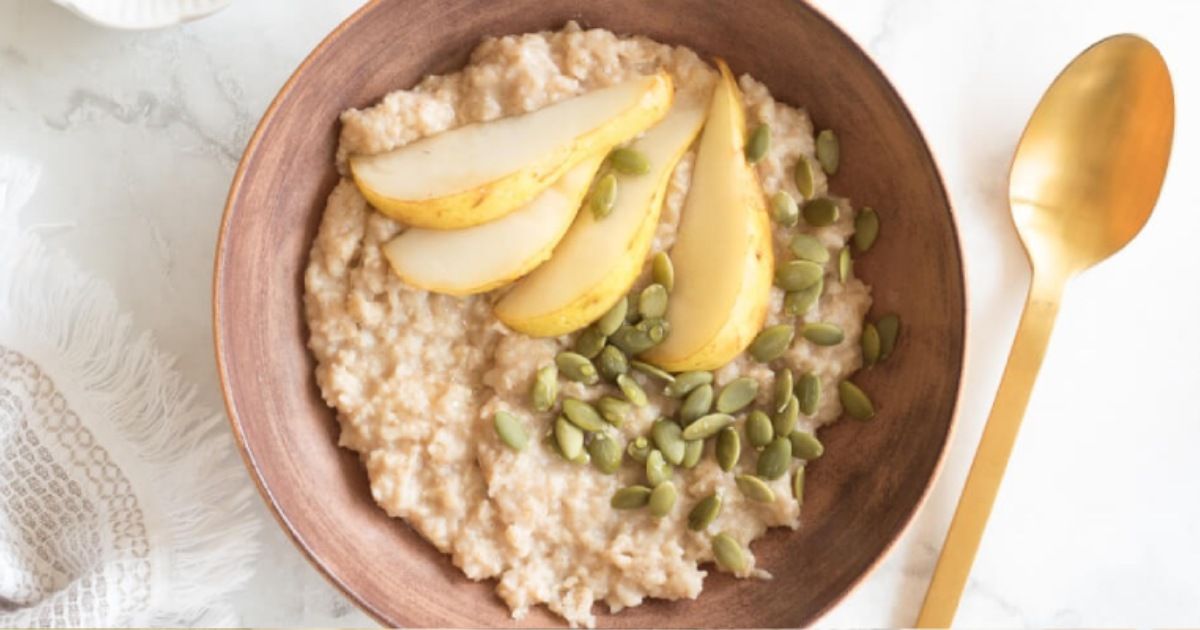Holiday Stress and Blood Sugar: Managing the Season with Metabolic Syndrome
The holiday season often brings joy, connection, and indulgent meals, but it can also be a time of heightened stress—especially for individuals managing metabolic syndrome. The whirlwind of gatherings, shopping, and traveling, paired with indulgent foods and disrupted routines, can challenge your health. Let’s explore how holiday stress impacts blood sugar and practical tips to maintain stability during this festive time.
How Stress Impacts Blood Sugar
Stress triggers the release of hormones like cortisol and adrenaline, which are part of your body’s natural "fight or flight" response. For individuals with metabolic syndrome, this response can:
- Elevate Blood Sugar Levels: Stress hormones signal your liver to release glucose into the bloodstream for energy. If your body struggles to use insulin effectively, this can lead to prolonged spikes.
- Increase Insulin Resistance: Chronic stress can worsen insulin sensitivity, a hallmark of metabolic syndrome, making it harder to control blood sugar.
- Lead to Emotional Eating: Stress can trigger cravings for high-carb, sugary comfort foods, further destabilizing blood sugar levels.
Tips for Managing Holiday Stress and Blood Sugar
1. Plan Ahead
- Stick to a Routine: Maintain consistent meal times to avoid blood sugar dips and spikes.
- Prepare Balanced Meals: Include fiber, protein, and healthy fats to slow glucose absorption and stabilize blood sugar.
- Bring Healthy Alternatives: If attending potlucks or parties, bring a dish that aligns with your dietary needs, such as a colorful veggie platter or a low-sugar dessert.
2. Practice Mindful Eating
- Savor Every Bite: Focus on your food’s taste and texture to help avoid overeating.
- Watch Portions: Enjoy holiday favorites in moderation, balancing indulgence with mindful choices.
3. Manage Stress Effectively
- Breathe Deeply: Deep breathing exercises can lower stress hormones and improve your blood sugar. Try inhaling for four counts, holding for four, and exhaling for four.
- Stay Active: Incorporate movement, like a brisk walk, yoga, or even dancing to holiday tunes, to manage stress and lower blood sugar.
- Meditate: Spend 5–10 minutes daily in meditation to reset your mind and reduce cortisol levels.
4. Stay Hydrated
Dehydration can raise blood sugar levels. Keep water handy throughout the day, especially when traveling or indulging in salty holiday treats.
5. Prioritize Sleep
- Sleep deprivation disrupts blood sugar control and increases stress. Aim for 7–8 hours of quality sleep each night, even during the busy holiday season.
6. Monitor Blood Sugar Regularly
- Frequent monitoring helps you understand how different holiday foods and activities affect your levels, enabling timely adjustments.
Do you need more tailored advice for managing metabolic syndrome this holiday season? Let’s create a plan together to help you enjoy the holidays without compromising your health.









